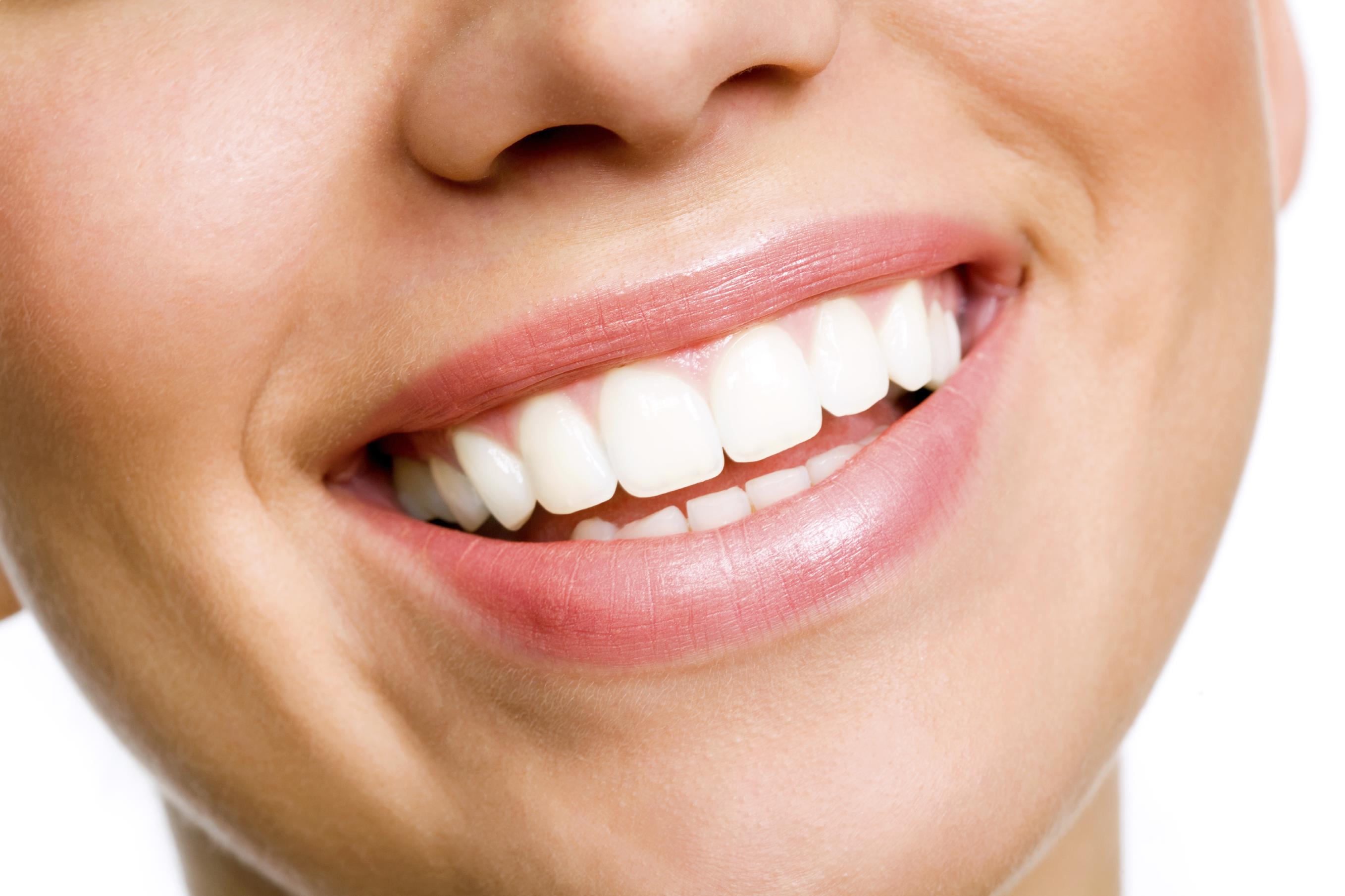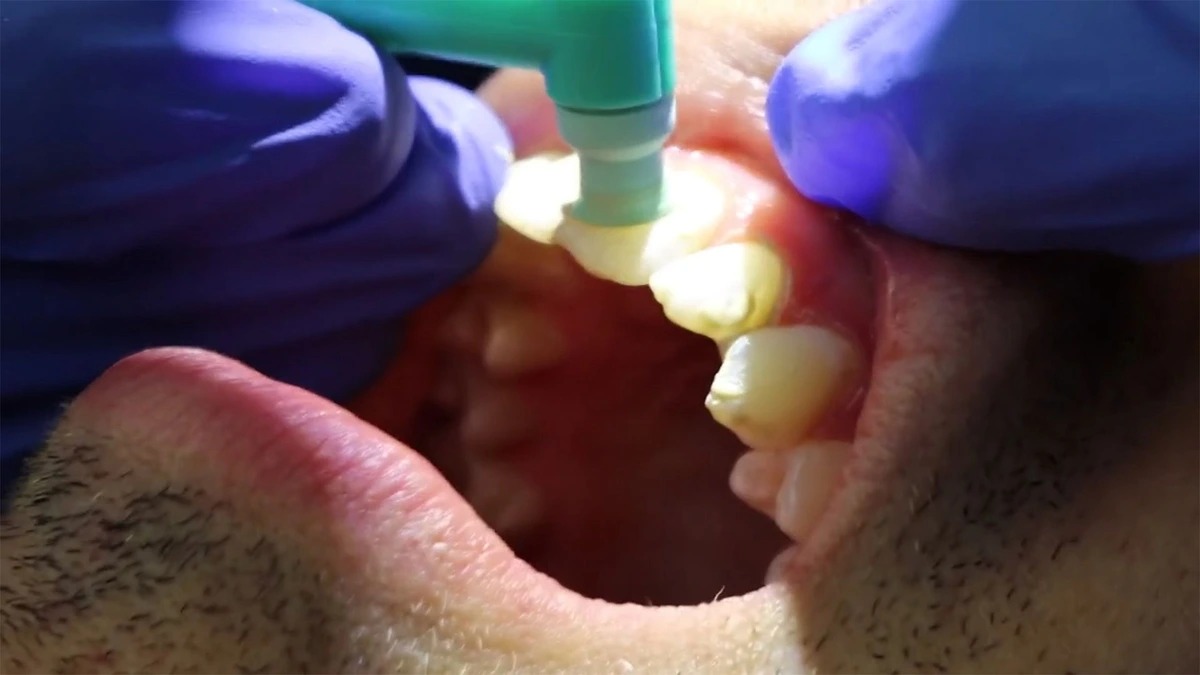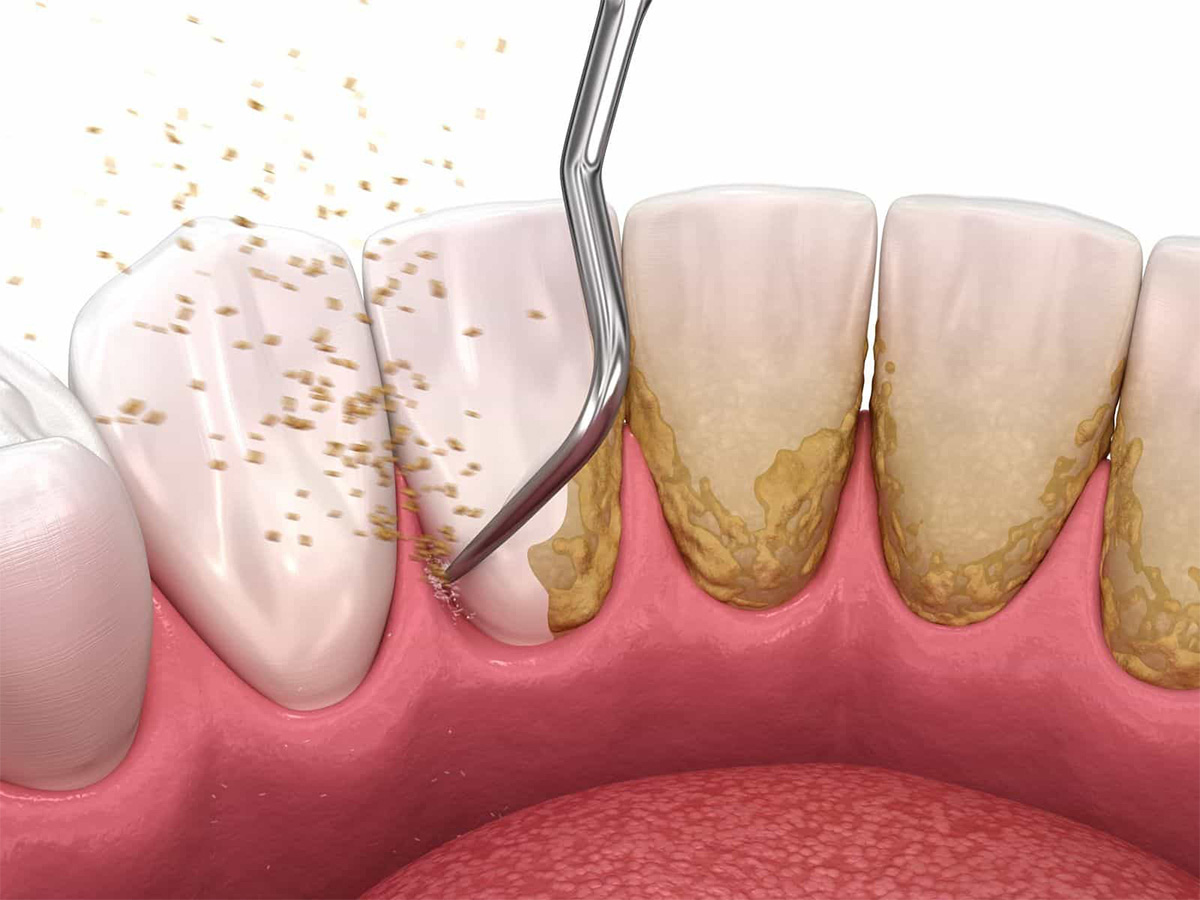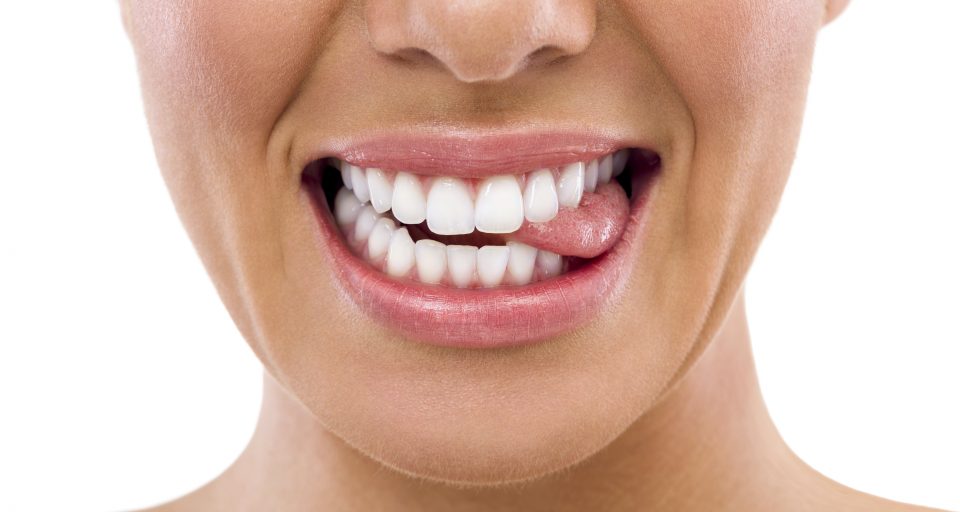Home>Finance>How Much Is Teeth Whitening At A Dentist With Insurance?


Finance
How Much Is Teeth Whitening At A Dentist With Insurance?
Published: November 6, 2023
Find out how much teeth whitening at a dentist with insurance will cost and how it can be financed. Enhance your smile without breaking the bank!
(Many of the links in this article redirect to a specific reviewed product. Your purchase of these products through affiliate links helps to generate commission for LiveWell, at no extra cost. Learn more)
Table of Contents
- Introduction
- Understanding Teeth Whitening
- Benefits of Professional Teeth Whitening
- Teeth Whitening Options
- The Cost of Teeth Whitening
- Factors Affecting the Cost of Teeth Whitening
- Teeth Whitening with Dental Insurance
- Types of Dental Insurance Coverage
- Average Cost of Teeth Whitening with Insurance
- How to Maximize Dental Insurance Coverage for Teeth Whitening
- Conclusion
Introduction
Having a bright and radiant smile can do wonders for one’s confidence and self-esteem. One common solution to achieve a whiter smile is teeth whitening. Teeth whitening is a popular cosmetic dental procedure that involves removing stains and discoloration to enhance the appearance of teeth.
While there are various teeth whitening options available, many individuals opt to have their teeth whitened at a dentist’s office. Professional teeth whitening offers several benefits, including more efficient and longer-lasting results compared to over-the-counter whitening products.
However, one of the main considerations for individuals looking to have their teeth professionally whitened is the cost. The expense of teeth whitening procedures can vary depending on several factors, such as the location, the dentist’s qualifications, and the specific treatment method used.
If you have dental insurance, it’s natural to wonder if teeth whitening is covered under your plan and how much it will cost you out of pocket. In this article, we will explore the topic of teeth whitening at a dentist with insurance and shed light on the average costs and insurance coverage for this procedure. We will also provide tips on how to maximize your dental insurance coverage for teeth whitening.
Let’s dive deeper into the world of teeth whitening and discover the options available to you as someone with dental insurance.
Understanding Teeth Whitening
Teeth whitening is a cosmetic dental procedure designed to improve the appearance of teeth by removing stains and discoloration. Over time, teeth can become discolored due to various factors such as aging, consumption of certain foods and beverages, tobacco use, poor dental hygiene, and certain medications.
Professional teeth whitening treatments aim to restore the natural color of teeth or even make them whiter than their original shade. There are two main types of teeth whitening methods: in-office whitening and at-home whitening.
In-office whitening, also known as chairside whitening, is performed by a dental professional in a dental office. This procedure usually involves applying a bleaching agent, such as hydrogen peroxide or carbamide peroxide, directly onto the teeth. The dentist may use a special light or laser to activate the bleaching agent, which helps to accelerate the whitening process. In-office whitening typically provides immediate and dramatic results after just one or a few sessions.
On the other hand, at-home whitening involves the use of custom-made whitening trays or whitening strips that are provided by a dentist. The trays or strips contain a lower concentration of the bleaching agent and are worn for a specified period, usually a few hours a day or overnight, for a few weeks. At-home whitening is a more gradual process but can still effectively whiten teeth when used consistently and as directed.
It is important to note that teeth whitening is most effective for surface stains caused by external factors. It may not be as effective for intrinsic stains that occur within the tooth or for certain types of discoloration, such as those caused by tooth trauma or medications like tetracycline.
Before undergoing a teeth whitening procedure, it is recommended to visit a dentist for a thorough examination and consultation. The dentist will assess the overall health of your teeth and gums to determine if you are a suitable candidate for teeth whitening and which method would be most effective for you.
Benefits of Professional Teeth Whitening
Professional teeth whitening offers several advantages compared to over-the-counter whitening products. Here are some of the key benefits of opting for a professional teeth whitening treatment:
- Effective Results: Professional teeth whitening treatments are typically more powerful and effective than at-home whitening kits. Dentists have access to higher concentrations of bleaching agents that can deliver noticeable and long-lasting results in a shorter amount of time.
- Customized Approach: A major advantage of professional teeth whitening is that it can be tailored to your specific needs. Dentists can create custom-made trays or strips that fit securely around your teeth, ensuring even distribution of the bleaching agents and minimizing the risk of gum irritation.
- Safe and Supervised: Undergoing teeth whitening at a dentist’s office means that your treatment is supervised by a dental professional. They have the expertise to ensure the procedure is performed safely, minimizing the risk of any complications or damage to your teeth or gums.
- Long-lasting Results: While over-the-counter whitening products may offer temporary results, professional teeth whitening can provide longer-lasting outcomes. With proper care and maintenance, the effects of professional whitening can last for several months to a year, making it a worthwhile investment.
- Enhanced Confidence: A brighter and whiter smile can significantly boost your confidence and self-esteem. Professional teeth whitening can help you achieve the smile you desire, allowing you to feel more comfortable and confident in social and professional settings.
- Personalized Advice: When you undergo professional teeth whitening, your dentist can provide personalized advice on maintaining the whiteness of your teeth. They can recommend specific oral hygiene practices and provide guidance on dietary choices to prevent future staining and discoloration.
Overall, professional teeth whitening offers a more effective and customized approach to achieving a brighter smile. The professional guidance and tailored treatment options provided by a dentist ensure optimal results and minimize any potential risks or complications. Consult with your dentist to determine if professional teeth whitening is the right choice for you.
Teeth Whitening Options
When it comes to teeth whitening, there are various options available to suit individual preferences and budgets. Here are the most common teeth whitening methods:
- In-Office Teeth Whitening: In-office teeth whitening, also known as chairside whitening, is performed by a dental professional in a dental office. This method typically involves applying a high-concentration bleaching agent to the teeth and using special lights or lasers to accelerate the whitening process. In-office whitening offers immediate and significant results in just one or few sessions.
- At-Home Whitening Trays: At-home whitening trays are custom-made by a dentist to fit your teeth. The trays are filled with a bleaching gel provided by the dentist and worn for a specified period, usually a few hours a day or overnight, for a few weeks. This method offers convenience as you can whiten your teeth at home and achieve gradual results over time.
- Whitening Strips: Whitening strips are thin, flexible strips coated with a bleaching gel. The strips are applied to the teeth and left on for a certain amount of time. This method is often less expensive than other options and can be easily incorporated into your daily routine.
- Whitening Toothpaste: Whitening toothpaste is a more affordable and accessible option for teeth whitening. These toothpastes contain mild abrasives and gentle chemicals that help remove surface stains and lighten the color of teeth over time. However, they may not be as effective for significant whitening.
- Over-the-Counter Whitening Kits: Over-the-counter whitening kits, such as whitening gels, pens, and strips, are readily available at most drugstores or online. These kits usually contain lower concentrations of the bleaching agent compared to professional treatments. While they can provide some level of whitening, the results may be less dramatic and may take longer to achieve.
It is important to note that the effectiveness of teeth whitening methods may vary for each individual, depending on the severity of discoloration and the cause of stains. Consulting with a dentist will help determine the most suitable option for your specific needs and expectations.
Regardless of the teeth whitening method chosen, it is essential to maintain good oral hygiene practices and avoid stain-causing habits such as smoking and excessive consumption of coffee, tea, or red wine to prolong the results of the treatment.
The Cost of Teeth Whitening
The cost of teeth whitening can vary depending on several factors, including the location, the dentist’s qualifications and experience, the method used, and the extent of discoloration. It is important to understand the typical costs associated with teeth whitening to make an informed decision.
On average, the cost of in-office teeth whitening can range from $500 to $1,000 or more. This higher price reflects the professional expertise and immediate results provided by the dental office. At-home whitening trays, custom-made by a dentist, usually have a similar price range.
Over-the-counter whitening products, such as whitening strips and gels, are typically more affordable, with prices ranging from $20 to $100. However, the effectiveness of these products may be limited compared to professional treatments.
It is important to keep in mind that the cost of teeth whitening is an investment in improving your smile’s appearance. While it may seem like a significant expense, the aesthetic and confidence-boosting benefits can make it worthwhile for many individuals.
When comparing the costs of different teeth whitening options, it is also essential to consider the longevity of the results. Professional teeth whitening methods often offer longer-lasting effects compared to over-the-counter products, which may require more frequent reapplication.
Furthermore, some dental insurance plans may provide coverage for teeth whitening procedures. It’s important to check with your insurance provider to understand the specifics of your coverage and any limitations or restrictions that may apply.
Overall, the cost of teeth whitening can vary depending on numerous factors. It is essential to consult with your dentist to determine the most suitable and cost-effective option for your individual needs and budget.
Factors Affecting the Cost of Teeth Whitening
The cost of teeth whitening procedures can vary significantly due to several factors. Understanding these factors can help you better understand the pricing variations and make an informed decision. Here are the key factors that can affect the cost of teeth whitening:
- Method of Teeth Whitening: Different teeth whitening methods have varying costs. In-office whitening performed by a dental professional typically costs more than at-home whitening kits or over-the-counter products. This is because in-office treatments often offer more immediate and noticeable results.
- Dentist’s Qualifications and Experience: The expertise and reputation of the dentist performing the whitening procedure can impact the cost. Highly experienced and renowned dentists may charge higher fees for their services. However, their expertise can ensure a higher level of precision and satisfaction with the outcome.
- Geographical Location: The location of the dental office can play a role in the cost of teeth whitening. Prices may vary depending on the local cost of living and the level of competition among dental practices in the area.
- Extent of Discoloration: The severity of tooth discoloration can influence the cost of treatment. Stubborn stains or deep discoloration may require additional sessions or a more intensive treatment, which can result in higher costs.
- Add-On Services: Some dental offices may offer additional services as part of the teeth whitening treatment, such as a consultation, follow-up appointments, or customized maintenance kits. These add-ons can impact the overall cost of the procedure.
- Dental Insurance Coverage: Dental insurance plans may vary in their coverage for teeth whitening procedures. Some insurance plans may provide partial or full coverage, while others may not cover it at all. Checking with your insurance provider beforehand can help you understand the extent of coverage and any out-of-pocket expenses.
It is important to discuss these factors with your dentist during the consultation to get a clear understanding of the costs associated with the specific teeth whitening options available to you and any additional fees that may apply.
Remember that while the cost is a consideration, it is equally important to prioritize the quality and expertise of the dental professional to ensure safe and satisfactory results.
Teeth Whitening with Dental Insurance
Dental insurance can be a valuable resource when it comes to covering the cost of dental treatments, but it’s important to understand that not all insurance plans cover teeth whitening procedures. Dental insurance typically focuses more on preventive and restorative treatments rather than cosmetic procedures.
While some dental insurance plans may include coverage for teeth whitening, it is important to check the specifics of your policy to understand if and to what extent teeth whitening is covered. In many cases, dental insurance will only cover teeth whitening if it is deemed medically necessary, such as for teeth discolored due to trauma or certain medications.
If your dental insurance does provide coverage for teeth whitening, it is essential to consider the limitations and restrictions that may apply. Insurance coverage may have specific criteria that need to be met, such as requiring prior authorization or only covering certain treatment methods.
Additionally, dental insurance plans typically have an annual maximum coverage limit, which is the maximum amount they will pay toward dental treatments within a calendar year. If the cost of teeth whitening exceeds this limit, you will be responsible for covering the remaining expenses out of pocket.
It’s crucial to contact your dental insurance provider and inquire about the specifics of your coverage for teeth whitening. They can provide you with information about any restrictions, limitations, and the estimated coverage amount, allowing you to make an informed decision about whether to proceed with the treatment.
If your dental insurance does not cover teeth whitening or only provides limited coverage, you may still have options to manage the cost. Some dental offices offer financing plans or payment options to help make the treatment more affordable. It’s worth discussing these options with your dentist to explore potential solutions.
Remember that maintaining good oral hygiene and addressing any underlying dental concerns, such as cavities or gum disease, is essential before undergoing teeth whitening. Your dentist can assess your oral health and provide guidance on the best course of action to achieve the desired results.
Types of Dental Insurance Coverage
Dental insurance plans offer varying levels of coverage for different dental treatments, including teeth whitening. Understanding the types of dental insurance coverage can help you navigate your options and make informed decisions. Here are some common types of dental insurance coverage:
- Preventive Coverage: Preventive coverage is typically included in most dental insurance plans and focuses on routine dental care to maintain good oral health. This coverage often includes regular dental check-ups, cleanings, and X-rays. However, teeth whitening is not usually considered preventive and may not be covered under this category.
- Basic Coverage: Basic coverage provides benefits for basic dental treatments such as fillings, extractions, and emergency dental services. While teeth whitening is considered to be a cosmetic procedure, it may fall under basic coverage if it is deemed medically necessary, such as for trauma-related discoloration.
- Major Coverage: Major coverage typically includes more extensive dental procedures like root canals, crowns, and bridges. Teeth whitening procedures are typically not covered under major coverage as they are considered elective cosmetic treatments.
- Cosmetic Coverage: Some dental insurance plans offer separate coverage for cosmetic procedures, including teeth whitening. However, this type of coverage is less common, and the coverage amount and restrictions may vary significantly between policies. It’s important to review the details of your insurance plan to determine if teeth whitening is covered under cosmetic coverage.
- Elective Procedures: Teeth whitening is generally considered an elective cosmetic procedure, which means it is done for aesthetic purposes rather than for medical reasons. Many dental insurance plans do not provide coverage for elective procedures, and teeth whitening may fall under this category.
It’s crucial to review your dental insurance policy carefully and reach out to your insurance provider to understand the specific coverage details and limitations related to teeth whitening. Your insurance provider will be able to provide accurate information about the coverage categories, any required pre-authorization, and the maximum coverage amount for teeth whitening.
If your dental insurance does not cover teeth whitening or offers limited coverage, you may explore alternative options such as dental financing plans or payment arrangements provided by the dental office. These options can help make teeth whitening more affordable and manageable.
Remember to consult with your dentist to discuss your specific needs and to explore the most suitable teeth whitening options based on your coverage and desired results.
Average Cost of Teeth Whitening with Insurance
The cost of teeth whitening with dental insurance can vary depending on the specific coverage included in your policy. Dental insurance plans typically focus more on preventive and restorative procedures rather than cosmetic treatments like teeth whitening. As a result, coverage for teeth whitening may be limited or not included at all.
If your dental insurance does cover teeth whitening, it is important to understand that the coverage may not be comprehensive. Coverage for teeth whitening is often limited to cases where it is deemed medically necessary, such as for discoloration caused by trauma or certain medications.
The average cost of teeth whitening with insurance can range from a partial coverage to no coverage at all. In partial coverage scenarios, the insurance plan may cover a percentage of the cost, typically around 50%. This means that you would be responsible for covering the remaining portion of the treatment out of pocket.
It’s important to note that insurance coverage for teeth whitening may also have limitations, such as a maximum coverage amount or restrictions on the specific whitening methods covered. Some insurance plans may only cover certain types of whitening procedures, such as in-office whitening, while others may cover at-home whitening kits or other methods.
To get a better idea of the average cost of teeth whitening with your insurance coverage, it is recommended to contact your dental insurance provider directly. They can provide you with information about the specific coverage details, any limitations or restrictions, and an estimate of the expected coverage amount for teeth whitening.
If your dental insurance does not offer coverage for teeth whitening or provides limited coverage, you may still have options to manage the cost. Many dental offices offer financing plans or payment options to help make teeth whitening more affordable and accessible.
Ultimately, understanding your dental insurance coverage for teeth whitening and discussing the cost details with your dentist will allow you to make an informed decision about the best course of action to achieve your desired smile enhancement.
How to Maximize Dental Insurance Coverage for Teeth Whitening
While dental insurance coverage for teeth whitening may be limited, there are strategies you can employ to maximize your coverage and minimize out-of-pocket expenses. Here are some tips to help you make the most of your dental insurance for teeth whitening:
- Review Your Dental Insurance Policy: Take the time to thoroughly understand the details of your dental insurance policy. Read through the coverage terms, limitations, and any specific requirements or exclusions related to teeth whitening.
- Check for Medically Necessary Coverage: Check if your dental insurance covers teeth whitening in cases where it is deemed medically necessary, such as for trauma-related discoloration or certain medication-induced stains. If you meet the criteria, you may be eligible for partial or full coverage.
- Consult with Your Dentist: Schedule a consultation with your dentist to discuss your desires for teeth whitening and to understand the most suitable treatment options. They can provide guidance on which procedures are covered by your insurance and suggest alternatives accordingly.
- Prior Authorization: If teeth whitening is covered by your dental insurance but requires prior authorization, ensure that you follow the necessary steps to obtain approval before undergoing the treatment. Failure to obtain authorization may result in denied coverage.
- Explore Alternate Treatment Options: If your dental insurance does not cover teeth whitening or offers limited coverage, consider alternative treatment options. Discuss with your dentist if there are any eligible restorative procedures that can address your concerns about tooth discoloration and are covered by your insurance.
- Combine with Medically Necessary Procedures: If you require other dental treatments that are considered medically necessary, such as fillings or crowns, consider combining the teeth whitening procedure with these treatments. This way, you may be able to utilize your insurance coverage for the necessary procedures while enhancing the appearance of your teeth.
- Flexible Spending Accounts (FSAs) or Health Savings Accounts (HSAs): If you have an FSA or HSA, check if teeth whitening is an eligible expense. These accounts allow you to use pre-tax dollars to cover dental expenses, potentially reducing your out-of-pocket costs.
- Payment Plans or Financing Options: If you have a significant out-of-pocket expense for teeth whitening, inquire whether your dental office provides payment plans or financing options. These options allow you to spread out the cost of treatment over time, making it more manageable.
- Maintain Good Oral Health: Maintaining good oral hygiene and addressing any underlying dental issues, such as cavities or gum disease, can help you maximize your dental insurance coverage. Insurance plans often prioritize coverage for preventive and restorative treatments, so ensuring that your oral health is in good condition may increase your chances of coverage for teeth whitening.
Remember to communicate openly with your dental insurance provider and your dentist to fully understand your coverage and explore all available options. By being proactive and knowledgeable, you can work towards optimizing your dental insurance coverage for teeth whitening and achieving your desired results with the least financial strain.
Conclusion
Teeth whitening can provide a significant boost to your smile and confidence. While the cost of teeth whitening can vary depending on various factors, such as the method of whitening, the dentist’s qualifications, and the extent of discoloration, dental insurance coverage for teeth whitening may be limited.
Understanding your dental insurance policy and its coverage for teeth whitening is crucial in managing your expectations and expenses. While some insurance plans may provide partial coverage for medically necessary cases, most plans do not cover teeth whitening as it is considered a cosmetic procedure.
It is important to consider alternative options if your dental insurance does not cover teeth whitening or offers limited coverage. You can explore combining teeth whitening with restorative procedures that are covered by your insurance or discuss alternative treatment options with your dentist.
Maximizing your dental insurance coverage for teeth whitening involves proper communication with your insurance provider and dentist. Checking for prior authorization requirements, utilizing flexible spending accounts or health savings accounts, and exploring payment plans or financing options can help make teeth whitening more affordable.
Ultimately, it’s essential to weigh the cost of teeth whitening against the potential benefits it can bring to your confidence and self-esteem. Discuss your goals and budget with your dentist, who can guide you in making the best decision to achieve the smile you desire.
Remember, maintaining good oral hygiene practices and addressing any underlying dental concerns is an important foundation for any cosmetic dental procedure. Prioritize your oral health and work closely with your dental professional to ensure the best outcomes.
While dental insurance coverage for teeth whitening may be limited, there are still options available to help you achieve a whiter smile. With careful consideration and proper planning, you can take steps towards enhancing the appearance of your teeth and achieving the smile you’ve always desired.














